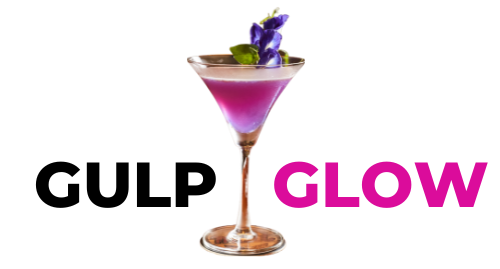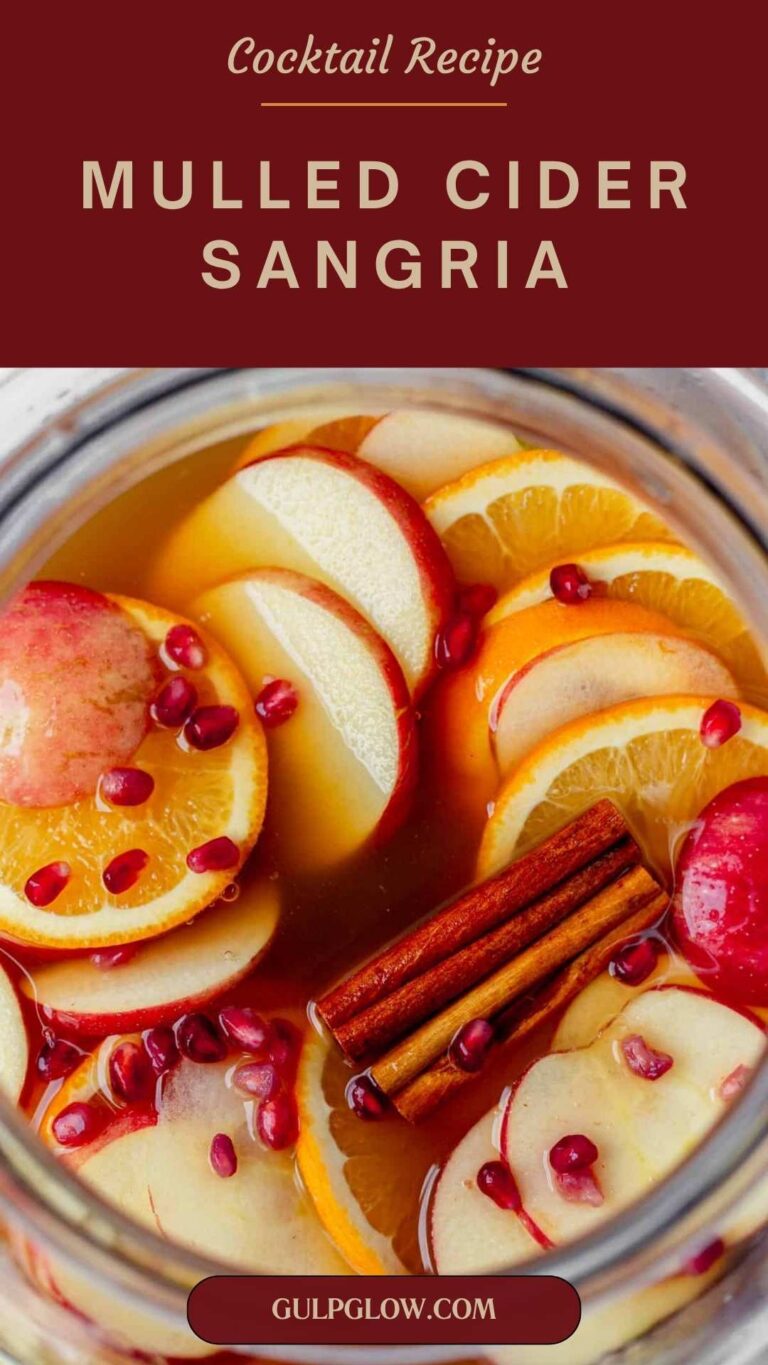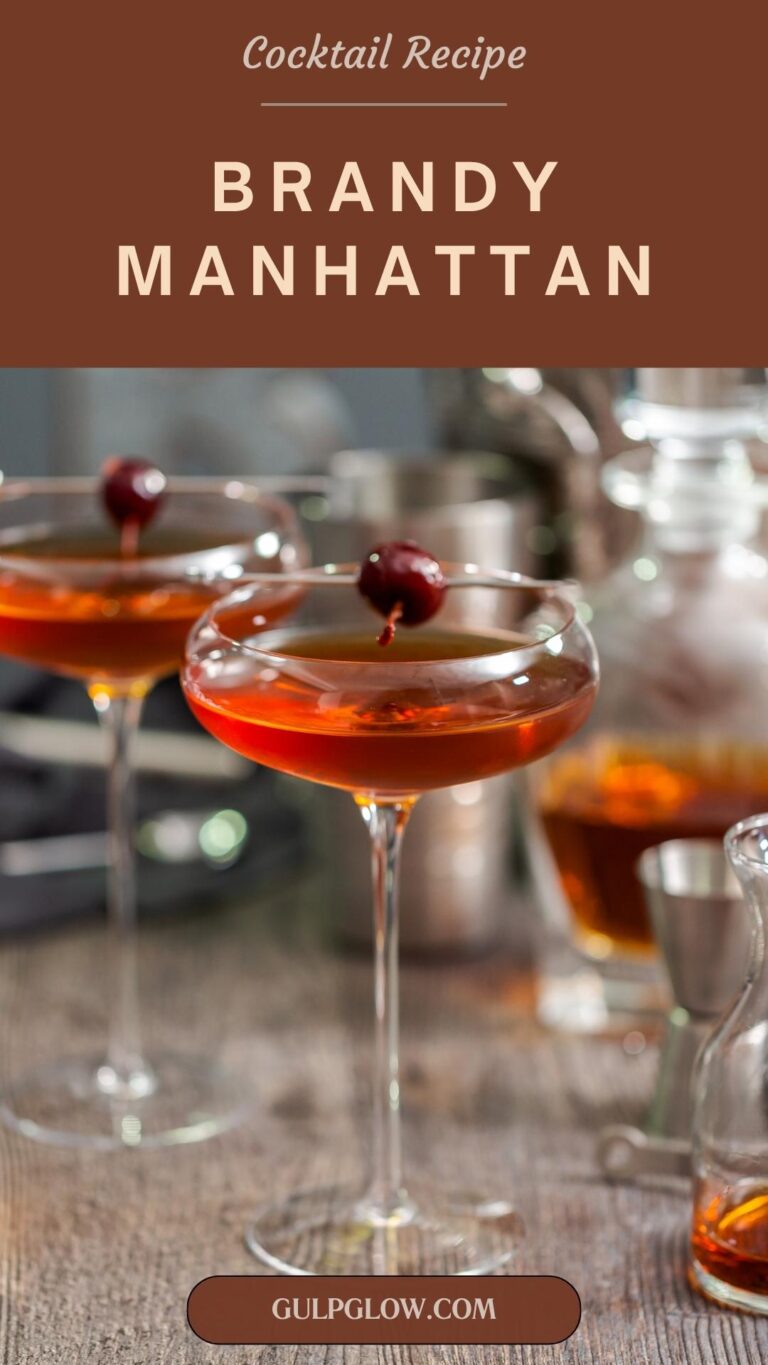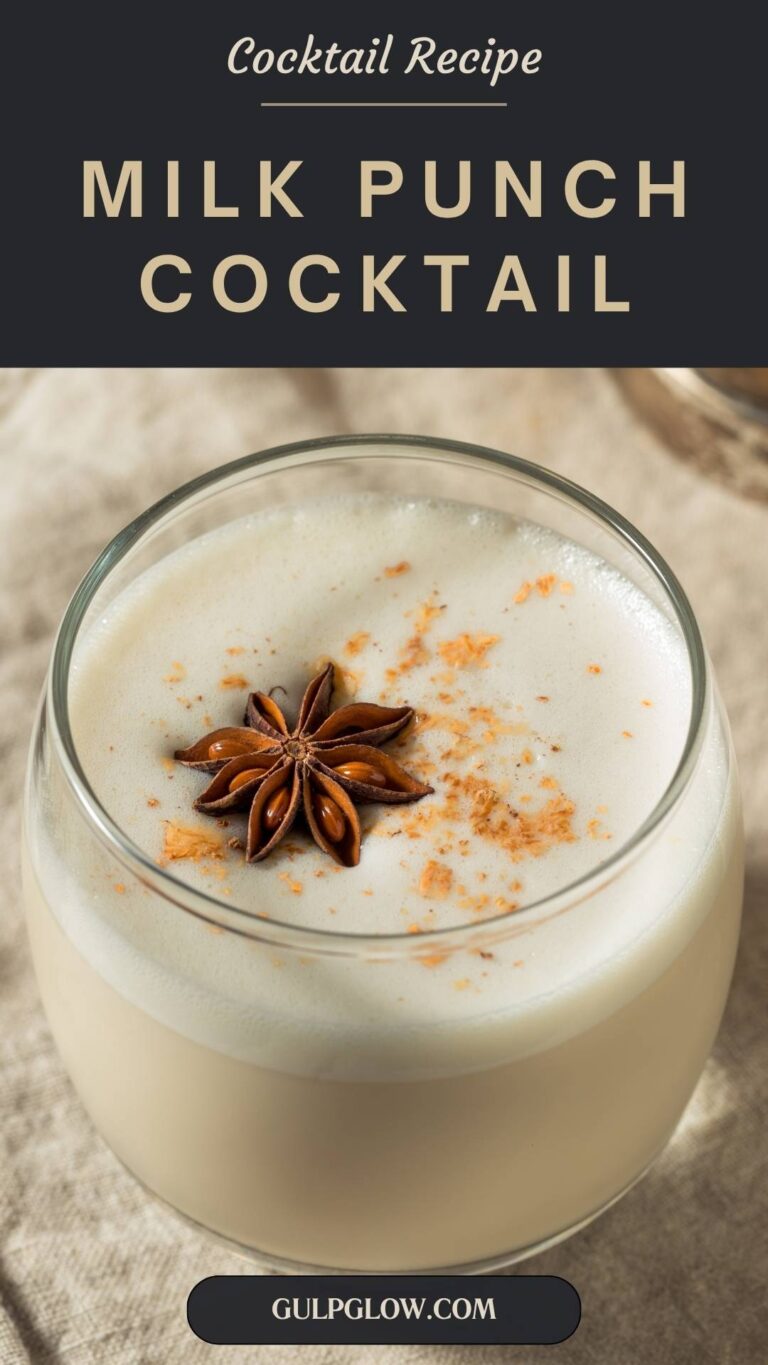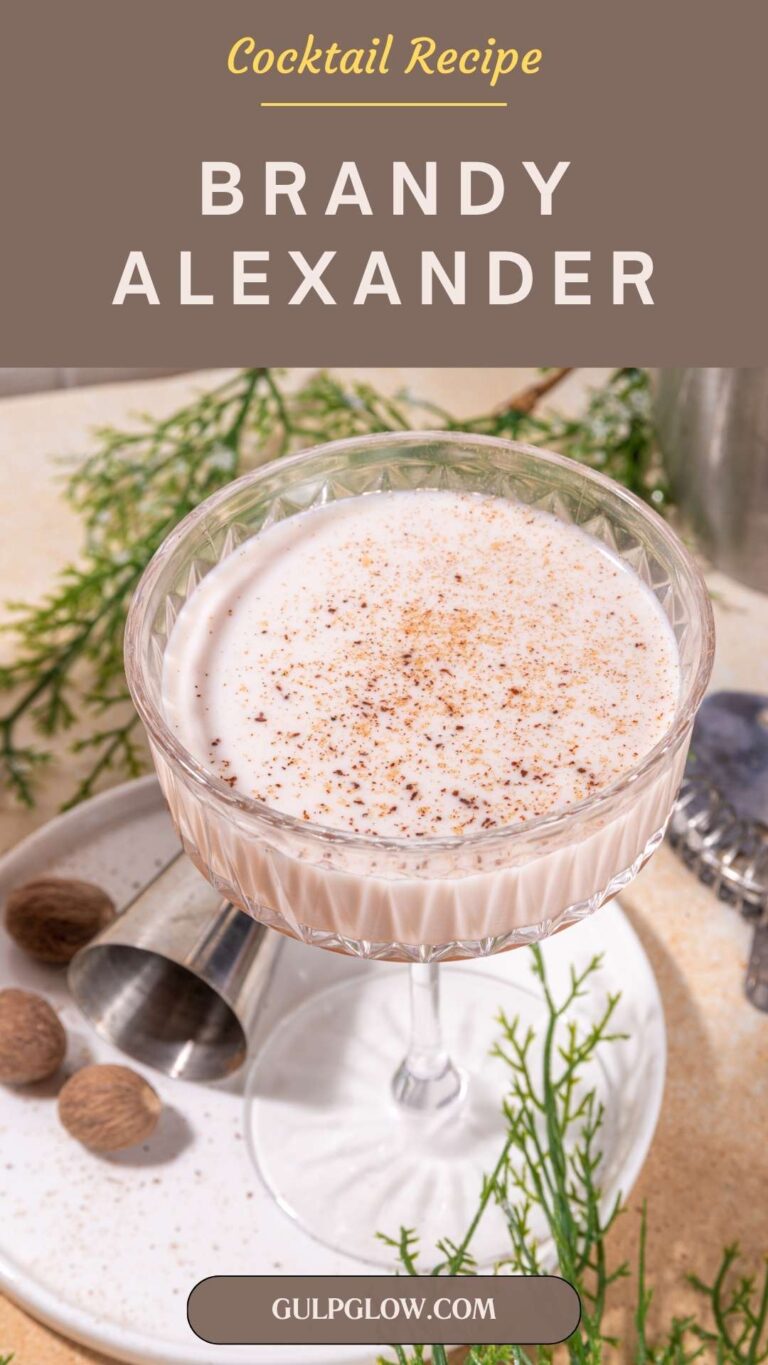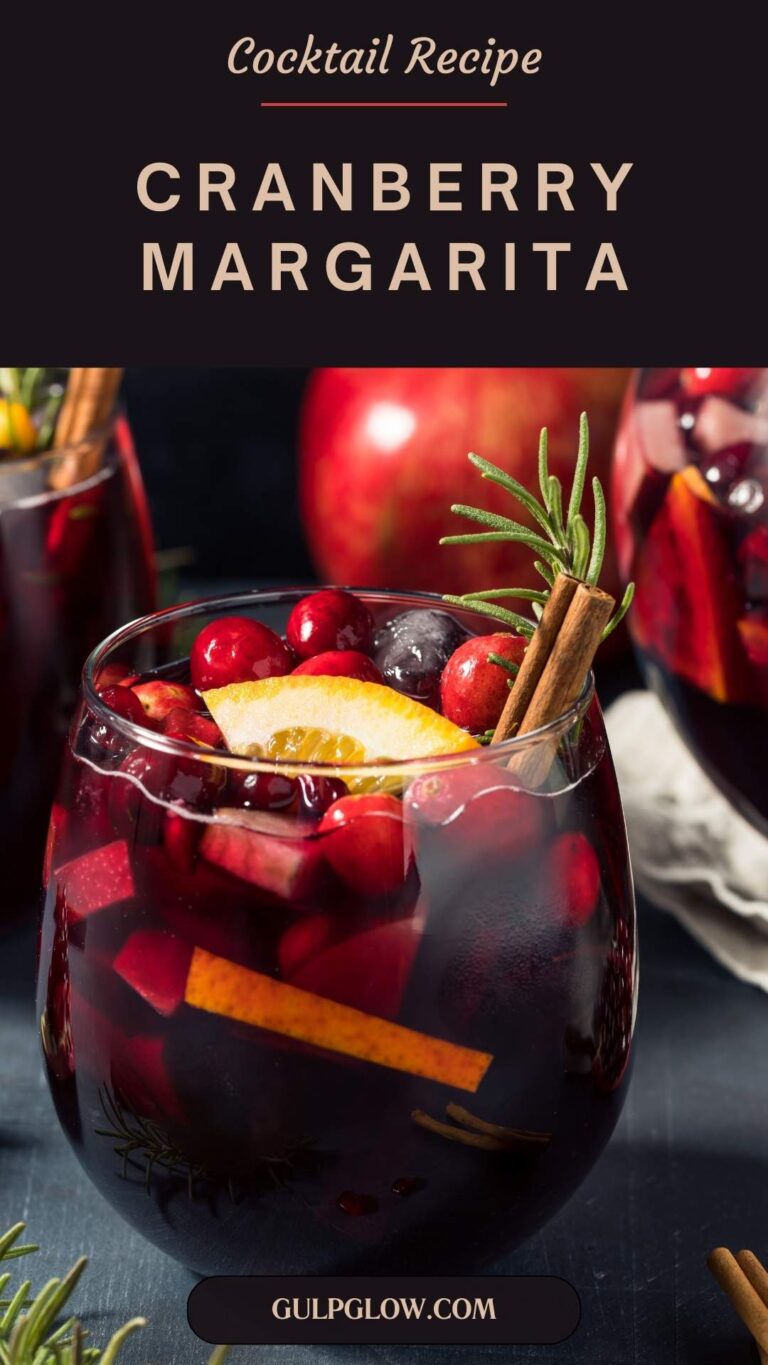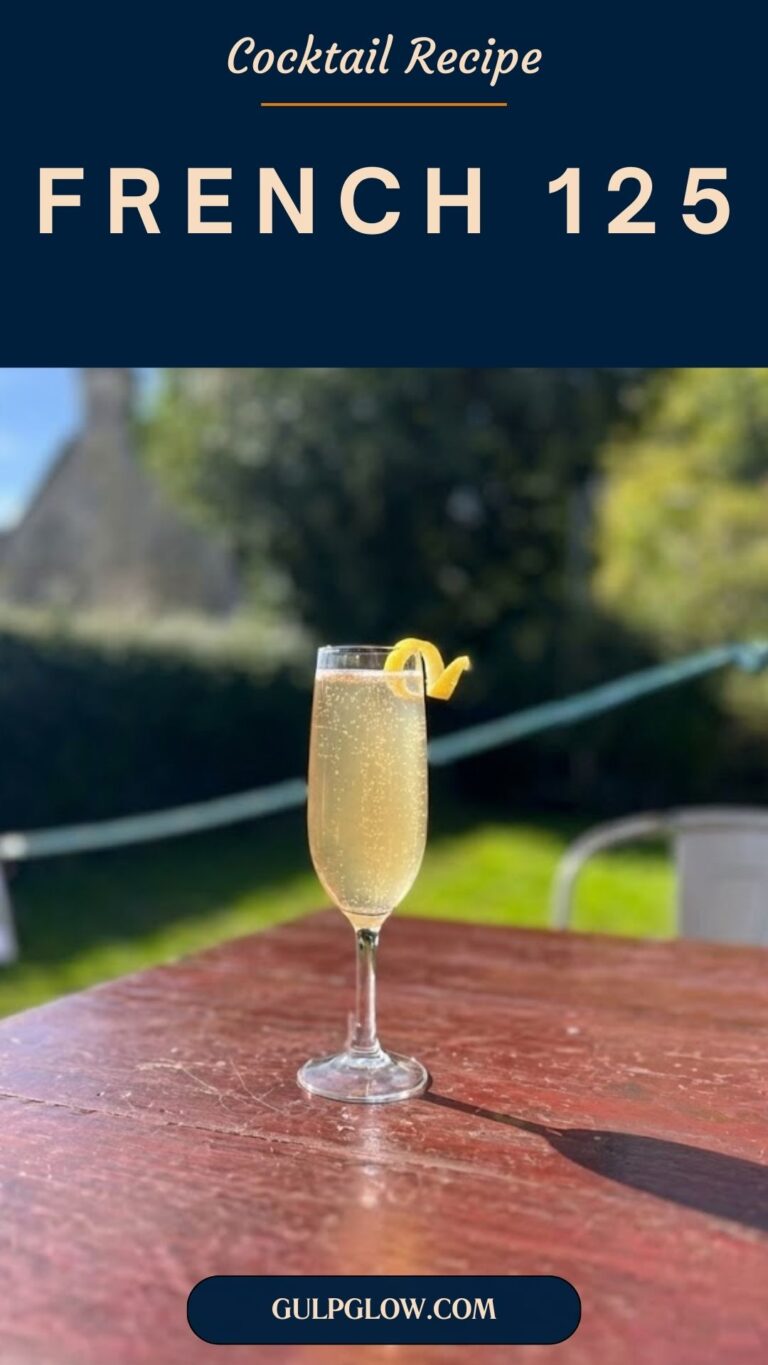Japanese Cocktail: A Forgotten Classic That Blends Brandy, Almond, and Elegance
Despite its name, the Japanese Cocktail isn’t from Japan, nor does it include any traditionally Japanese ingredients. But don’t let that mislead you—this elegant and enigmatic cocktail has stood the test of time since the 19th century. Its charm lies in its simplicity and subtle depth: smooth cognac, nutty orgeat syrup, and a dash of aromatic bitters combine for a velvety, almond-kissed drink that’s unexpectedly warm and refined.
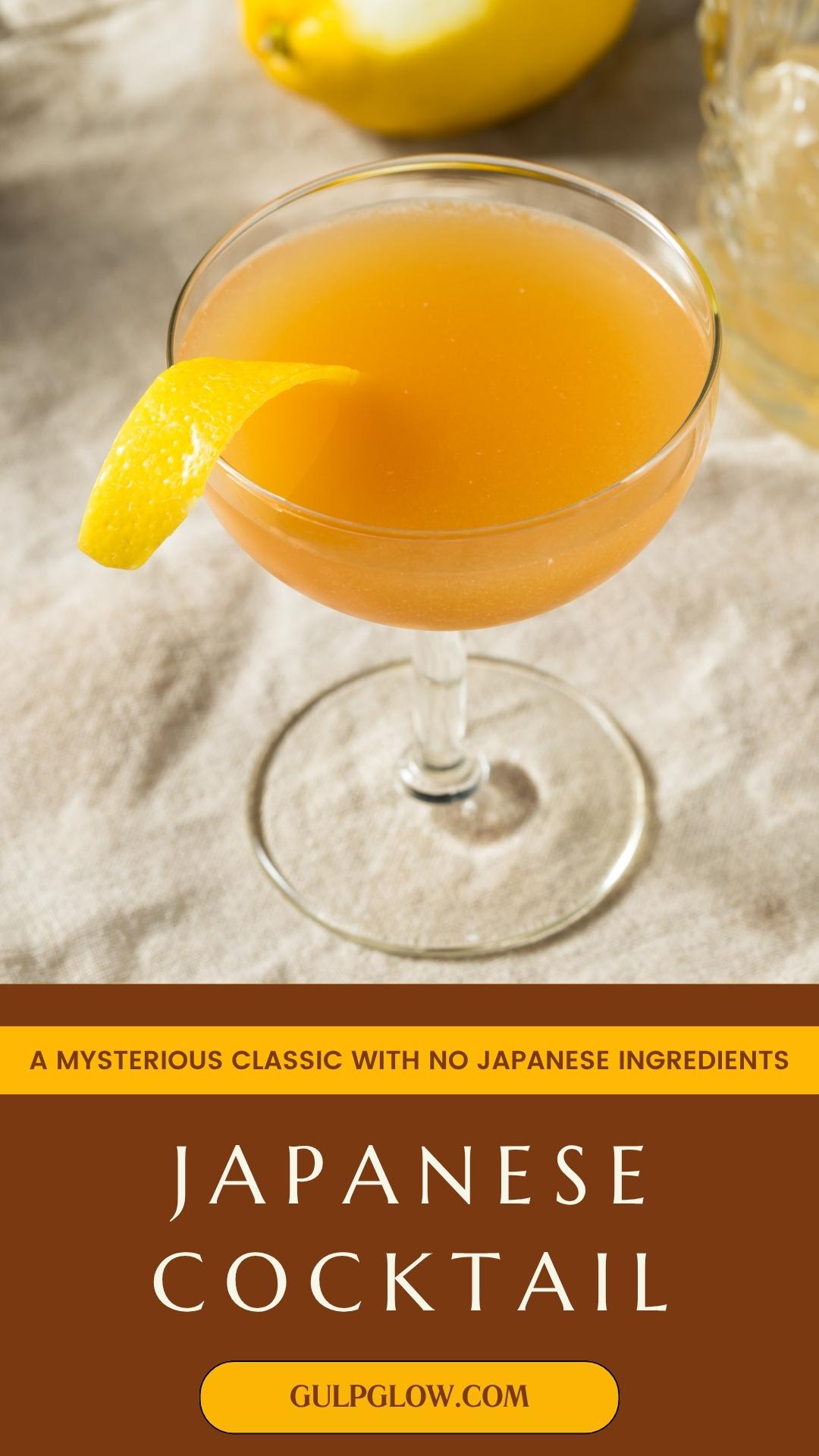
The inspiration for revisiting this cocktail came while flipping through Jerry Thomas’s 1862 Bar-Tender’s Guide, where the Japanese Cocktail made its debut. It struck me as peculiar at first—why the name? And yet, as I stirred together cognac and orgeat on a cool evening, I understood. The drink carries a calm, contemplative energy, almost ceremonial in nature. It’s a sipping cocktail that slows you down, inviting you to appreciate balance and restraint.
A little quirky in name, perhaps, but the Japanese Cocktail is no novelty. It’s a cocktail with history, poise, and timeless flavor.
Quick Facts: Japanese Cocktail
Method: Stirred
Flavor profile: Rich, nutty, aromatic
How to serve it: Straight up
Glassware: Coupe or Nick & Nora
Alcohol content: ~24% ABV, 19–21 grams of alcohol per serving
Ingredients
- 2 oz cognac (VS or VSOP)
- ½ oz orgeat syrup (preferably homemade or high-quality store-bought)
- 2 dashes Angostura bitters
- Optional: lemon or orange twist for garnish
The cognac is the backbone of this cocktail, so choose wisely. A VSOP-level cognac offers more depth and maturity, with notes of dried fruit, spice, and oak that pair beautifully with orgeat’s almond richness.
Orgeat syrup, typically made from almonds, sugar, and orange flower water, lends nutty sweetness and a soft, creamy texture. Skip cheap imitations—opt for a trusted brand like Small Hand Foods or make your own for best results.
Angostura bitters add the final touch: herbal, slightly spicy, and essential for balance. You can experiment with other aromatic bitters like Jerry Thomas Decanter or Fee Brothers Old Fashioned bitters for variation.
Equipment Needed
This cocktail is elegant in both taste and technique. Here’s what you’ll need:
- Mixing glass
- Bar spoon
- Jigger
- Hawthorne or julep strainer
- Coupe or Nick & Nora glass
- Citrus peeler (for garnish, optional)
You won’t need a shaker here—this drink is stirred, not shaken. A chilled, stemmed glass will enhance the experience by keeping the drink cold while highlighting its smooth texture.
Step-by-Step Instructions
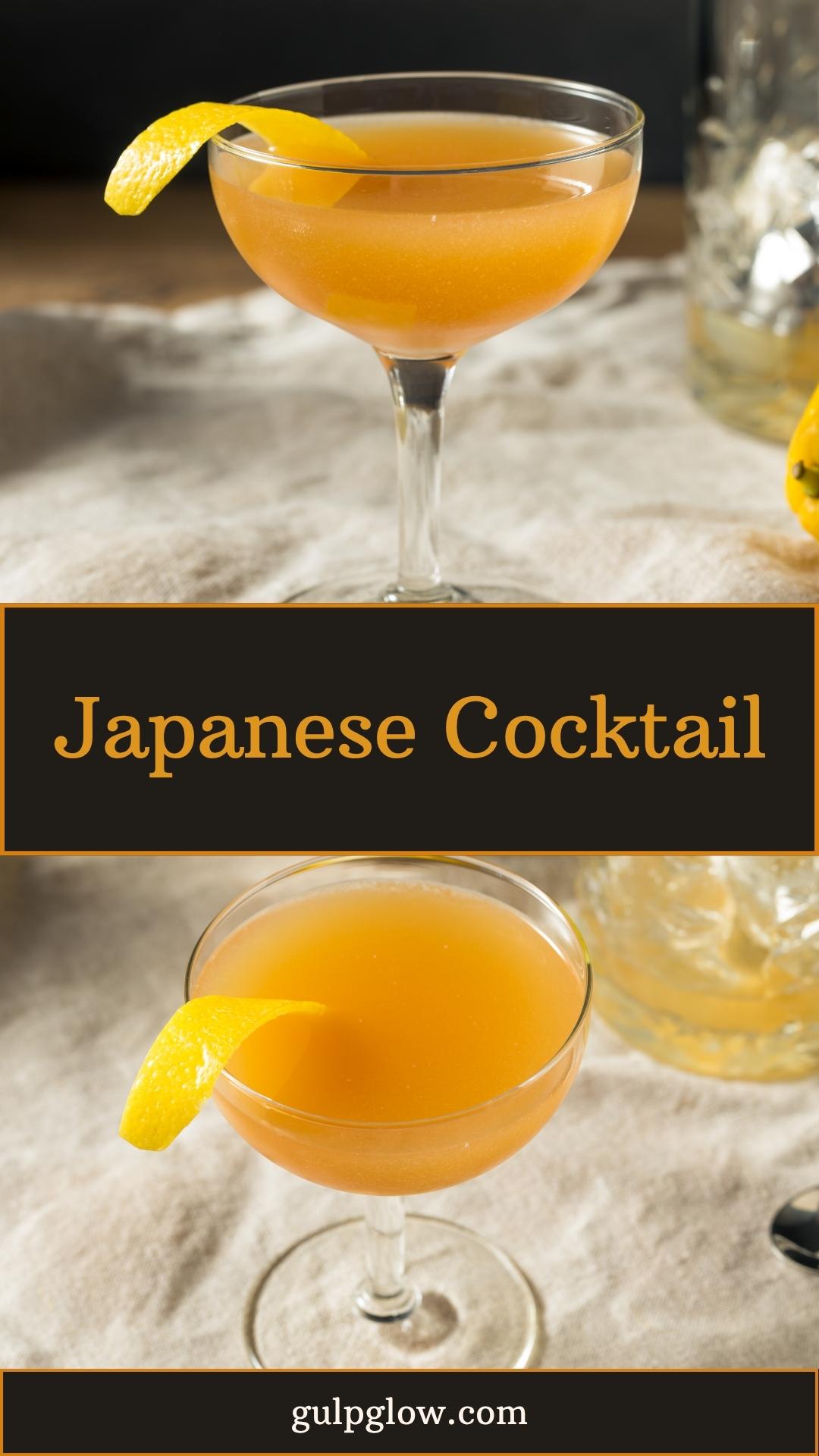
- Chill your glass. Place your coupe or Nick & Nora glass in the freezer while you prepare the drink.
- Add ingredients to mixing glass. Measure 2 oz cognac, ½ oz orgeat syrup, and 2 dashes of bitters.
- Add ice and stir. Fill the mixing glass with ice and stir for about 20–30 seconds until well-chilled and slightly diluted.
- Strain into your chilled glass. Use a Hawthorne or julep strainer to pour the cocktail into the chilled glass without letting ice in.
- Garnish (optional). Express the oils of a lemon or orange twist over the top and either drop it in or discard, depending on your taste.
This cocktail is best served immediately, as it’s intended to be enjoyed without ice in the glass.
Flavor Profile and Tasting Notes
The Japanese Cocktail offers a luxurious balance between the deep, velvety notes of aged cognac and the creamy sweetness of orgeat. On the nose, you get soft spice from the bitters and a hint of almond. The first sip is rich and warming, with subtle layers of oak, nuts, and baking spices. The orgeat tempers the cognac’s strength, lending an almost dessert-like quality—without ever becoming cloying.
Its mouthfeel is silky and smooth, with a dry, slightly bitter finish from the bitters. A well-made Japanese Cocktail tastes like a bridge between a stirred brandy cocktail and an elevated after-dinner drink.
To pair, consider almond-based desserts like marzipan tart or pear galette. It also works well alongside foie gras, duck pâté, or aged cheeses such as Manchego or Comté.
For variations, try swapping the cognac with rye whiskey or aged rum for a spicier or tropical twist.
Garnishing and Presentation
The Japanese Cocktail is a minimalist’s dream when it comes to presentation. Traditionally, it’s served ungarnished, letting its amber hue and clear, silky appearance do the talking. But if you want to enhance the aromatics, a lemon or orange twist adds a beautiful burst of citrus oil to the surface.
Serve it in a Nick & Nora or coupe glass, well chilled, and let the drink speak for itself. For an elegant twist, you can float a toasted almond sliver on top or rim the glass lightly with orange zest.
A dimly lit bar, a polished stemmed glass, and this cocktail in hand—it’s understated luxury at its finest.

Pairing Suggestions
The Japanese Cocktail’s rich yet refined profile makes it a great match for savory and sweet pairings.
Savory Options:
- Duck liver mousse or pâté with crusty bread
- Roasted almonds with sea salt
- Aged hard cheeses like gouda or Comté
- Prosciutto-wrapped figs
Sweet Options:
- Almond biscotti
- Pear tarte tatin
- Crème brûlée
- Dark chocolate with sea salt
The orgeat’s nutty sweetness complements dishes with roasted or caramelized flavors, while the cognac adds warmth to rich textures and spice-forward ingredients.
Cocktail History and Trivia
The Japanese Cocktail made its first printed appearance in Jerry Thomas’s 1862 How to Mix Drinks, the first known cocktail recipe book. Despite its title, the drink contains no Japanese ingredients and doesn’t originate from Japan.
So why the name? Historians believe it was inspired by Japan’s first diplomatic mission to the United States in the 1860s. The mission made a major impression on American society, and Jerry Thomas may have named the cocktail in honor of the visiting dignitaries or the cultural fascination of the time. Some even speculate it was created for Tateishi “Tommy” Onojiro, a Japanese interpreter who was popular in New York social circles.
Over time, the Japanese Cocktail faded from bar menus but was revived during the early 2000s cocktail renaissance, especially as bartenders began to explore pre-Prohibition recipes with renewed appreciation.
Today, it’s celebrated not just for its novelty but for its beautiful balance of flavors.
Serving Suggestions
This cocktail is ideal as a pre-dinner aperitif or a post-dinner sipper, thanks to its layered complexity. It’s great for cocktail parties, holiday gatherings, or an intimate evening at home when you want something refined and contemplative.
For larger gatherings, you can batch it in advance:
Batch for 8 servings:
- 16 oz cognac
- 4 oz orgeat syrup
- 16 dashes bitters
- Stir with ice before serving or keep chilled in a bottle and stir each portion as needed
Serve the batch in pre-chilled glasses or pour over large-format ice in a small rocks glass for guests who prefer a colder sip.
Always serve the Japanese Cocktail chilled, without ice, in a stemmed glass to preserve its temperature and aroma.
Alcohol Content and Alternatives
With its base spirit being cognac and no dilution from mixers, this cocktail packs a fair punch—around 24% ABV, depending on your pour and dilution during stirring.
To lighten it, reduce the cognac to 1.5 oz and increase orgeat slightly. You’ll get a more approachable drink with less heat.
For a non-alcoholic version, use a zero-proof cognac alternative such as Lyre’s VSOP or a dark tea concentrate like lapsang souchong for depth, mixed with orgeat and a drop of bitters (or a bitters-free almond syrup for zero-proof). It won’t taste the same but captures the spirit and elegance of the original.
Fun variations:
- Japanese Old Fashioned: Add a splash of orgeat to a bourbon Old Fashioned
- Sherry Japanese: Sub half the brandy with dry oloroso sherry for a nutty twist
- Matcha Japanese Cocktail: Add a dash of matcha syrup or green tea bitters for a modern East-meets-West flair
Frequently Asked Questions (FAQ)
Why is it called a Japanese Cocktail if it’s not Japanese?
It was likely named to honor Japanese diplomats visiting the U.S. in the 1860s or due to popular interest in Japanese culture at the time.
Can I substitute brandy for cognac?
Yes—any good quality brandy will work. Cognac is a type of brandy from France, so it’s a natural fit.
What if I don’t have orgeat?
You can make a quick orgeat substitute using almond milk, sugar, and a touch of orange flower water. In a pinch, amaretto can be used, though it will be boozier and sweeter.
Is it served over ice?
Traditionally, no. It’s stirred and served up in a chilled glass. But if you prefer it colder or diluted, serve it over a single large cube.
Can I add citrus juice?
This cocktail is all about balance without acid. Citrus will drastically change its profile, so best to avoid unless you’re crafting a variation.
Japanese Cocktail Recipe
Ingredients
2 oz cognac
½ oz orgeat syrup
2 dashes Angostura bitters
Optional: lemon or orange twist
Directions
- Chill a coupe or Nick & Nora glass.
- Stir all ingredients with ice in a mixing glass for 20–30 seconds.
- Strain into chilled glass.
- Garnish with citrus twist (optional).
- Serve immediately.
Conclusion
The Japanese Cocktail is a cocktail that defies expectations—both in name and flavor. Understated, luxurious, and deeply rooted in American cocktail history, it’s a quiet star among louder classics. Whether you’re a vintage cocktail enthusiast or a curious sipper looking to expand your palate, this drink is worth rediscovering.
